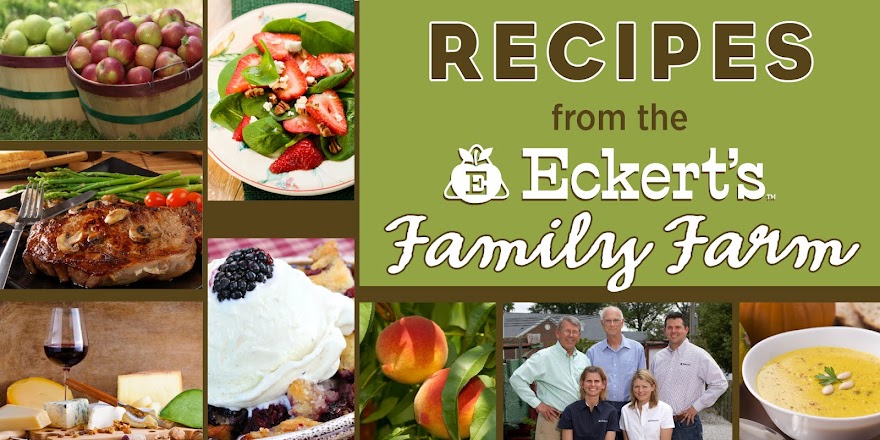"The progression of smells and tastes we enjoy with wine is like that of no other beverage. Wine fans call these "essences" and these are what make wines special." -Glenn Boeker, Eckert's Wine Manager
Some will tell you that the soil where the grapes are grown has a history of producing other plant life. They will say that the scent and taste of these previous plantings finds its way into the wine grapes. Some Europeans believe their "old world" wine has more terroir, or flavor, from the soil than "new world" wine. While this is one possible explanation for the complexity of wine flavors, we don't believe it to be correct.
We believe that the vessels and processes used to produce the wine are a major factor in the earthiness or smoky taste in old world wines. Most of the old world wines use wood and concrete tanks, which cannot be cleaned as well as the stainless steel tanks used in the new world.
It is a fact, that wine grapes are blessed with more than 20 components of flavor, while ordinary fruits generally have less than 10. Hence a wine made from pears, for example, will not be as complex as one made from grapes. In other words, it won't have as many essences.
There are distinctive essences associated with most varietals of wine grapes. Grass, gooseberry and grapefruit, for example, are used to describe the essences of Sauvignon Blanc wine. If grown in a warmer climate, from 35 to 40 degrees latitude, the wine will show grassy essences. However, if the same grape varietal is grown in a cooler climate, from 50 to 55 degrees latitude, the gooseberry and grapefruit essences usually prevail. Maritime climates can adjust this latitudinal effect, which would explain why many good wine regions are close to water.
In our Essence of Wine class, we experiment with six wines produced from different grapes varietals and try to identify the essences they contain. Essences are distinctive to your individual perceptions and we may not agree on all of them. Obviously, your perceptions are most beneficial to your own wine drinking pleasure.
So why are wine essences important? Suppose you like Sauvignon Blanc and want one to enjoy with your favorite white lasagna recipe. This dish has the usual lasagna cheeses, but asparagus and maybe other greens instead of meat. When you ask a wine specialist for a recommendation, they may ask if you prefer the grass or grapefruit essence. There are grassy wines from California and citrusy ones from New Zealand. Obviously, you will want to pick a wine that displays the essence you most enjoy.
Other varietal wines have similar stories, but different essences. Find out what essences you like and look for them in the wines you buy. If you would like to learn more about the essence of wine and a chance to identify your own preferences, please join us for our wine essence class on Thursday, April 8th from 6-8 pm. Spaces are limited, so please call (618) 233-0513 to make your reservations.

2 comments:
I'm planning to be there for the Essence of Wine class!
Hi Linette! Looking forward to seeing you tonight. It's going to be a great class.
Post a Comment